So I am completely new to the chicken world so chicken feed is a new world for me. Can you please explain what the feeds do for the chicken? I acually bought some chicken feed yesturday and got home to read the packaging and it said for meat birds, my chickens are for egg produce so this just shows how lame I am, haha. Like what is layers or crumbles and what else are there? I also have no idea the age of my chickens because I had them stumble upon me one morning. Here are some pictures, can you tell what age they are?
Them all together:
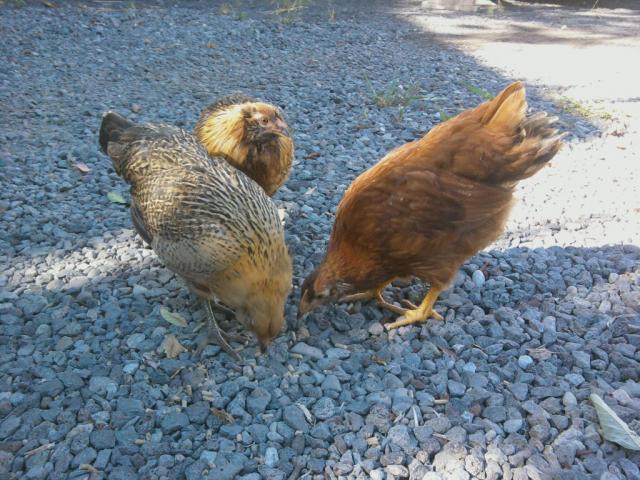
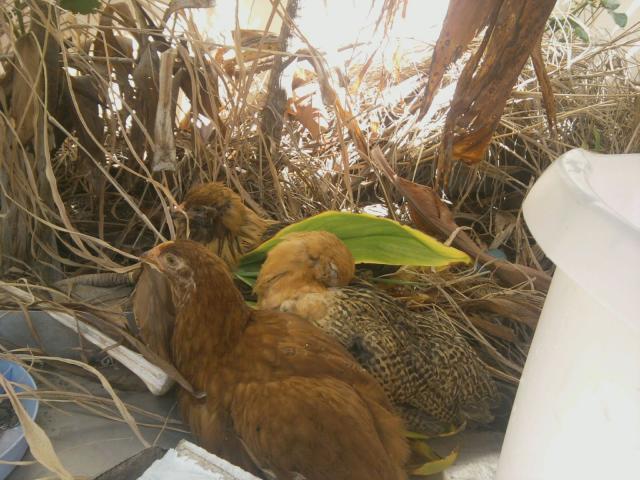
Katsu, I think hes an NHR:
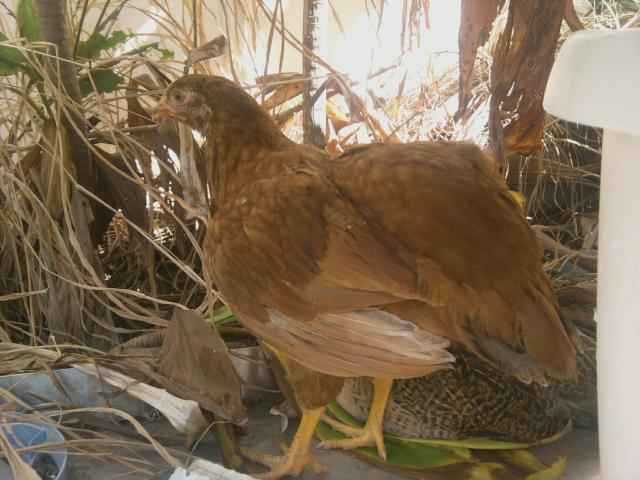
Shoyu, a EE?
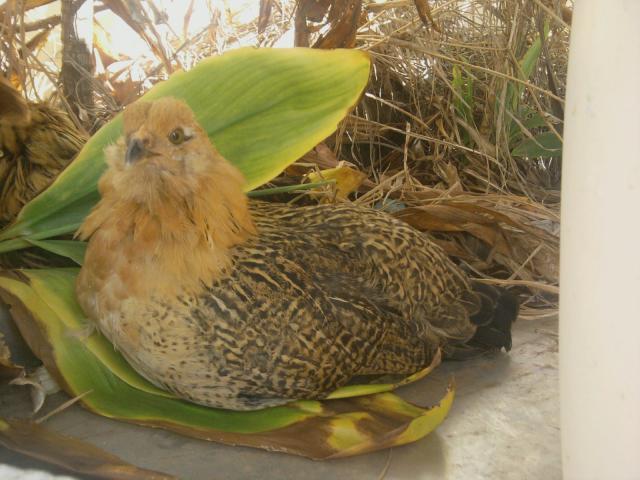
Adobo, an EE?
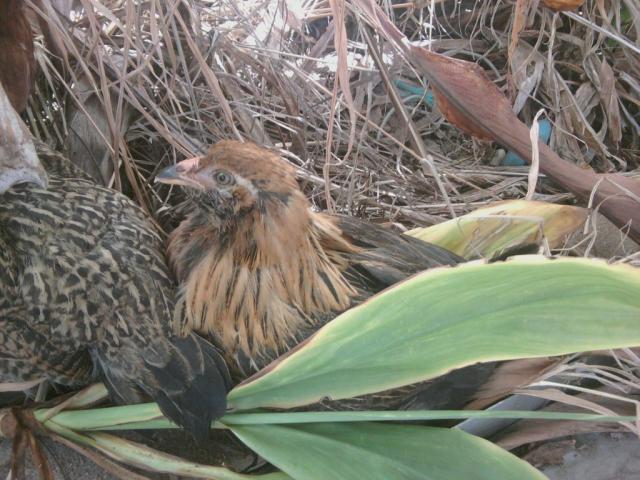
Thanks for the help!

Them all together:


Katsu, I think hes an NHR:

Shoyu, a EE?

Adobo, an EE?

Thanks for the help!




